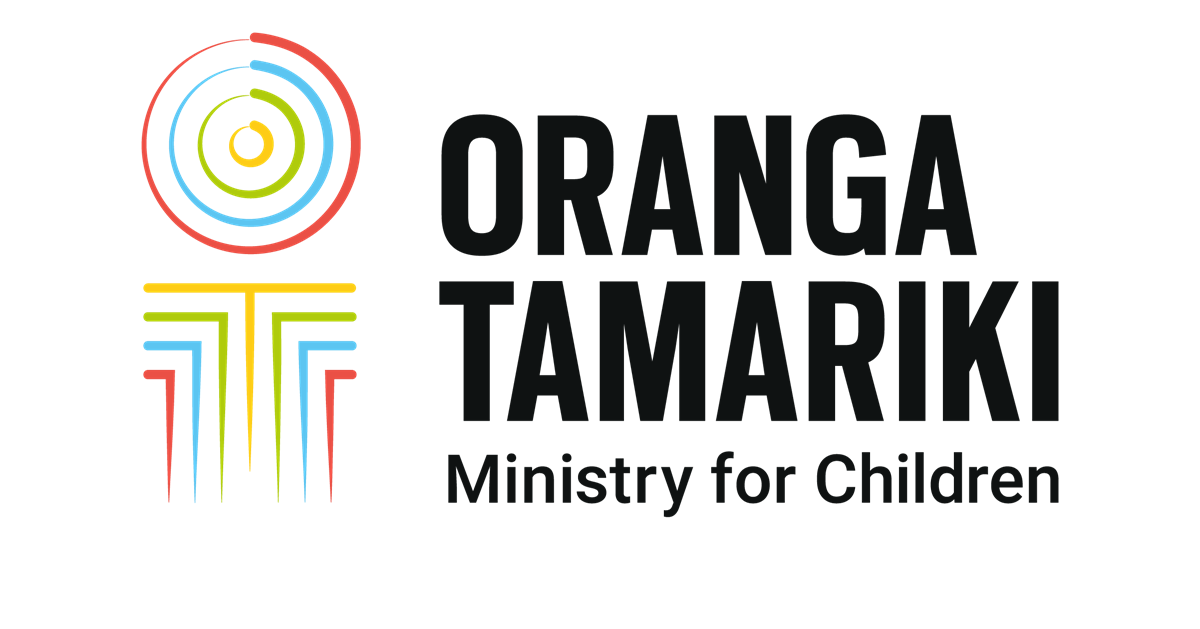Shifting how we work – our strategic shifts
Our 3 strategic shifts: Mana Ōrite, Whakapakari Kaimahi and Rato Pūnaha guide how Oranga Tamariki will work towards our new direction. Our mahi aligns to these shifts and moves us towards ensuring tamariki are in loving whānau and communities.
Our new strategy – focusing on the 'what' and the 'why' behind our transformation – has 3 pou:
- Mana Ōrite – entrust our partners to lead and deliver services for tamariki, rangatahi and whānau as we support and enable Māori and communities.
- Whakapakari Kaimahi – support, train and equip kaimahi to enable a skilled, confident and trusted workforce.
- Rato Pūnaha – enhance our system supports with provision of correct information and performance systems, infrastructure and resources to facilitate innovation and improvement.
These strategic shifts are essential for us to deliver on critical work programmes including our Future Direction Plan [PDF, 1.5 MB] and the Oranga Tamariki Action Plan [PDF, 2 MB] . Progress against each shift for this quarter is outlined in the quarterly report found here:
Our impacts
We have 6 impacts under our new strategic direction that describe the changes we want to see for tamariki and rangatahi.
The measures under each impact are based on the current Outcomes Framework in our 2021-2025 Strategic Intentions [PDF, 1.6 MB] . We are currently developing the Oranga Tamariki Performance System, which will include measures that reflect our strategic direction. New measures will be reflected in future quarterly reports.
Published: April 20, 2023 · Updated: September 12, 2023

